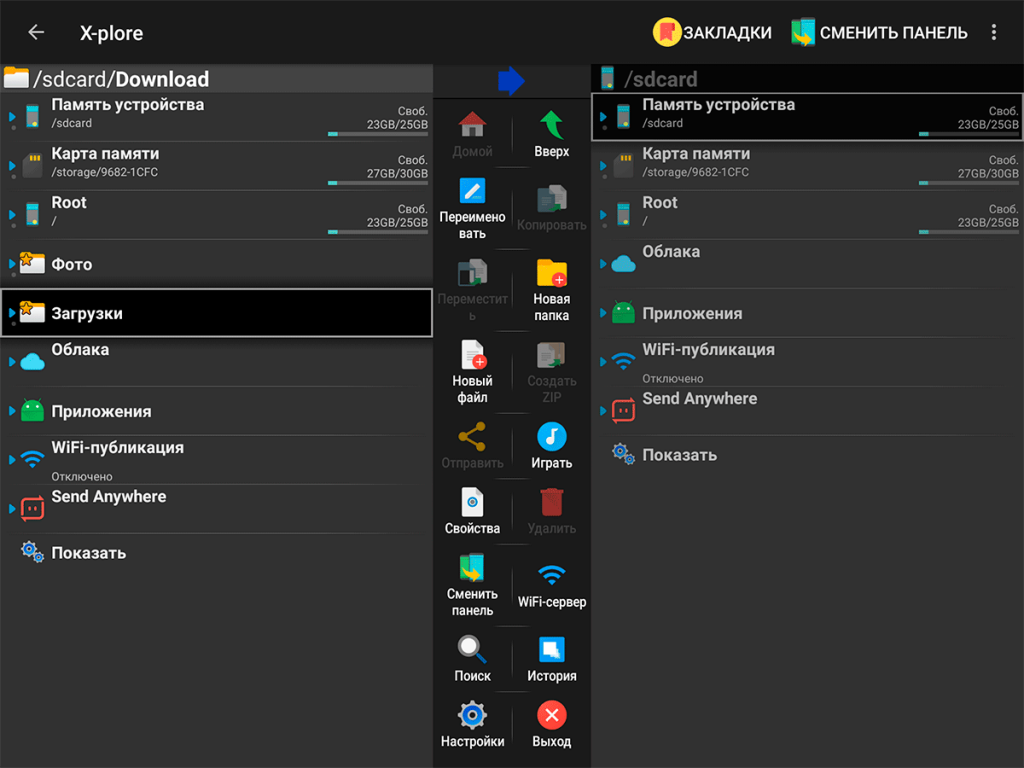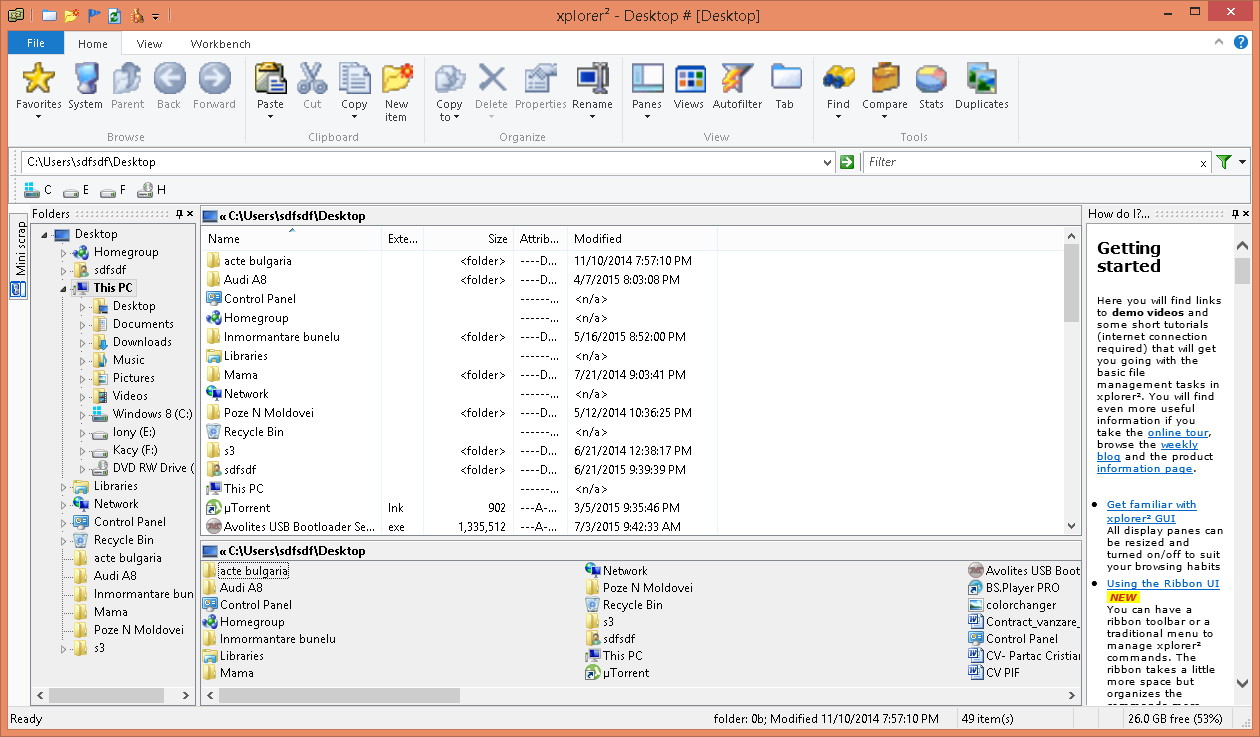

In addition to these features, the Android device manager feature of this brilliant app allows you to switch between different views of the different files that are in your Android device, allowing you to view the folders in their most common state such as: 'untitled', 'bookmarked', 'read only' and so forth.Īpart, from these amazing features, what sets this app apart from others is its highly configurable buttons and key shortcuts. You can also view the various backup and restore options available in the application that allows you to choose whether you want to backup the whole folder structure, only certain parts of it, or even both (if you have both an internal and external memory). You will then be able to see an overview of the various tasks your application is currently performing such as: 'illiniting data', 'writing data to X-Plore' and so much more. Tap any app to open it, or simply long-press its icon to bring out its features. If you have already installed X-plore on your Android device, you are provided with an 'activity manager' which displays a list of your most used apps. The software is packed with a lot of handy features, which you can take full advantage of to ensure your device's optimal performance. It enables you to manage all your information on external storage, internal memory, create shortcuts, see and manage various permissions and so much more. To add them to the left pane, select the View tab > Navigation pane > Show libraries.What is X-Plore? X-PLORE is an advanced Android app that allows users to conveniently manage multiple folders and files on the same Android smartphone. Libraries won’t show up in File Explorer unless you want them to. To find out how to add This PC to your desktop or the Start menu, see My Computer is now This PC. My Computer is now called This PC, and it won’t show up on your desktop by default. If you're coming from Windows 7, here are a couple more differences: For more info on sharing options, see Share files in File Explorer. Select the files you want to share, go to the Share tab, select the Share button, and then choose an app. Now, you can use apps to share files and photos right from File Explorer.

For more info, see Pin, remove, and customize in Quick access. Pin your favorite folders to Quick access to keep them close at hand. Your frequently used folders and recently used files are listed there, so you won't have to dig through a series of folders to find them. When File Explorer opens, you'll land in Quick access.

For a quick primer on how it works, check out OneDrive on your PC. Here are some noteworthy changes for Windows 10: To check it out in Windows 10, select its icon on the taskbar or the Start menu, or press the Windows logo key + E on your keyboard. Like many of the finer things in life, File Explorer has gotten better with age.


 0 kommentar(er)
0 kommentar(er)
